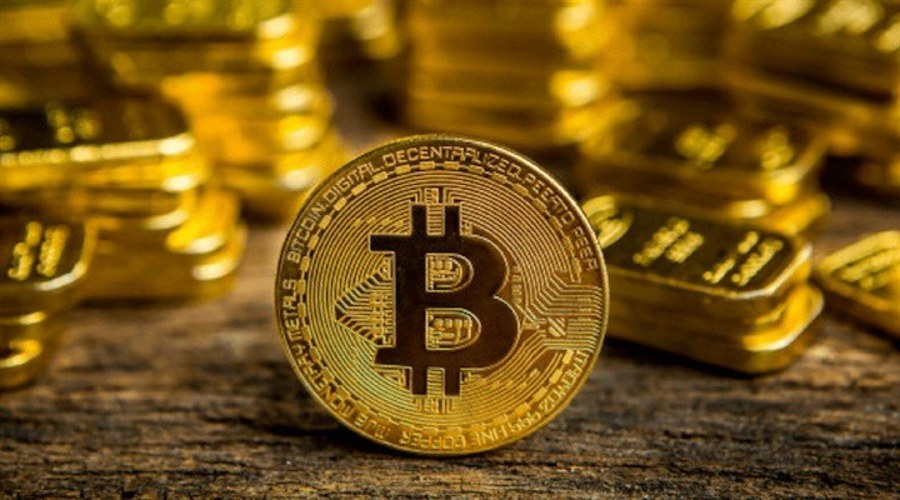Bitcoin is a
pioneer and a sensation in the volatile cryptocurrency scene, capturing the
interest of investors, enthusiasts, and financial professionals alike. While
the notion of Bitcoin and its ecosystem are exciting, there is one event that
has played a big role in defining its ecology – the Bitcoin halving. We explore
into the subtleties of Bitcoin halving, studying its historical context and
throwing light on its impact on cryptocurrency markets.
What
is Bitcoin Halving?
The Bitcoin
halving, also known as the “halvening,” is a crucial event
incorporated into the Bitcoin protocol’s fabric. Halvings happen every four
years and they reduce the rewards given to miners for validating transactions
and protecting the Bitcoin network. The phrase “halving” refers to
how these benefits are halved during this occurrence.
Bitcoin
Halving History?
Satoshi
Nakamoto, the enigmatic creator of Bitcoin, initially suggested the concept of
Bitcoin halving in the cryptocurrency’s whitepaper. The first halving took
place in 2012, when the block reward was decreased from 50 BTC to 25 BTC per
Bitcoin block. Post halving, other successive halvings occurred in 2016
(lowering prizes to 12.5 BTC) and 2020 (dropping rewards to 6.25 BTC). Each
halving is scheduled to occur every 210,000 blocks mined.
Bitcoin
Halving Purpose?
The fundamental
goal of Bitcoin halving – similarly to how it happens with many other crypto halvings
– is to keep Bitcoin scarce and to limit its issuance pace, meaning Bitcoin
price will likely be affected by it. Bitcoin’s rate of production lowers when
the rewards for miners are reduced, making it a deflationary digital asset, and
thus limiting Bitcoin inflation. This scarcity mechanism is based on the notion
that as supply gets more constrained, demand may rise, affecting the value of
each Bitcoin unit.
Why
Miners Get Rewards?
Miners are
essential to the Bitcoin network because they validate and add transactions to
the blockchain. They are compensated for their efforts with newly created
Bitcoins as well as transaction fees paid by users. These payouts encourage
miners to
invest in costly hardware, devote computational power, and safeguard the
network.
What
Will Happen if Bitcoin Miners Drop?
The fall in
payouts caused by halving occurrences can provide difficulties for miners.
Miners must optimize their processes to be lucrative when there are fewer
Bitcoins to mine. If a large number of miners abandon the network owing to
lower payouts, the network’s…
























